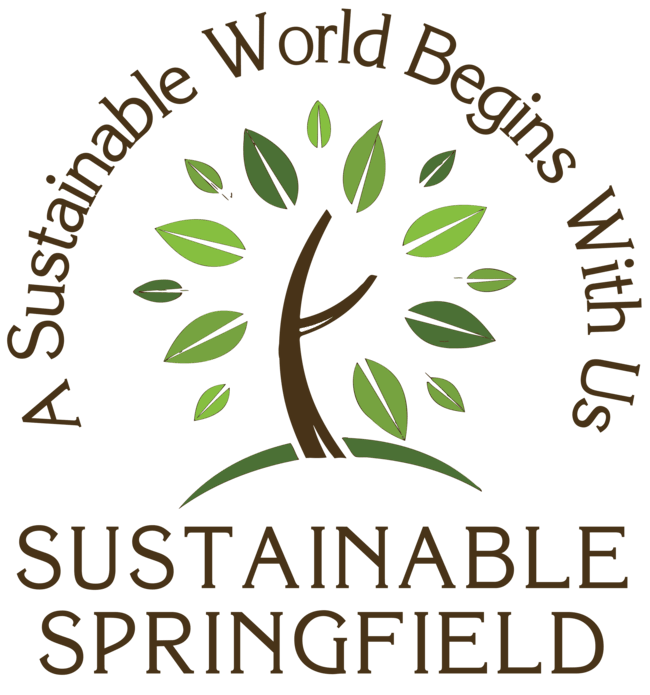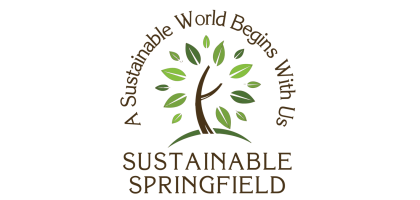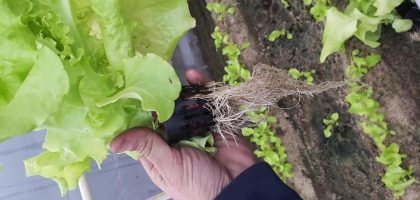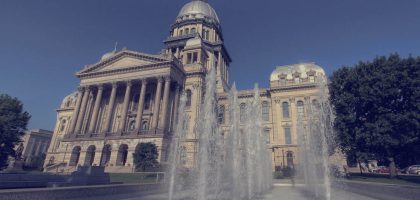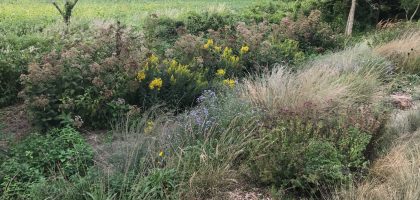From Our Blog
Blog
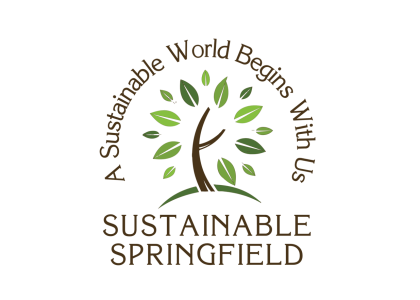
Pollinators for Springfield
Butterflies, bees, bats, and other organisms distribute pollen or seeds and are known as pollinators.

Say NO to EmberClear’s Lincoln Land Energy Center
There’s still time to stop the Lincoln Land Energy Center gas plantSierra Club continues to
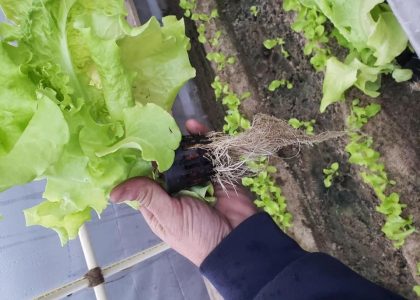
Food Scarcity and Sustainability in Springfield
In a time of social distancing and uncertainty, Mike Clark put his focus this year
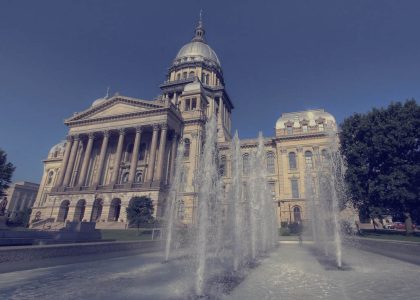
Green Map of Springfield, Illinois
Lean Green! Did you know there’s a shop in Springfield, Illinois where they’ll recycle hearing aid
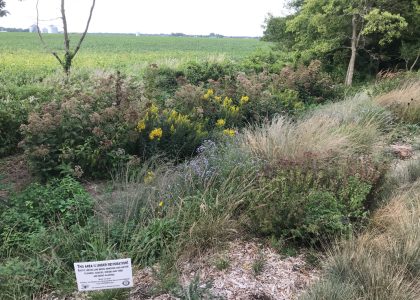
Trail Angels
Various folks imagine and pursue ways of greening up Springfield and moving our fair city

